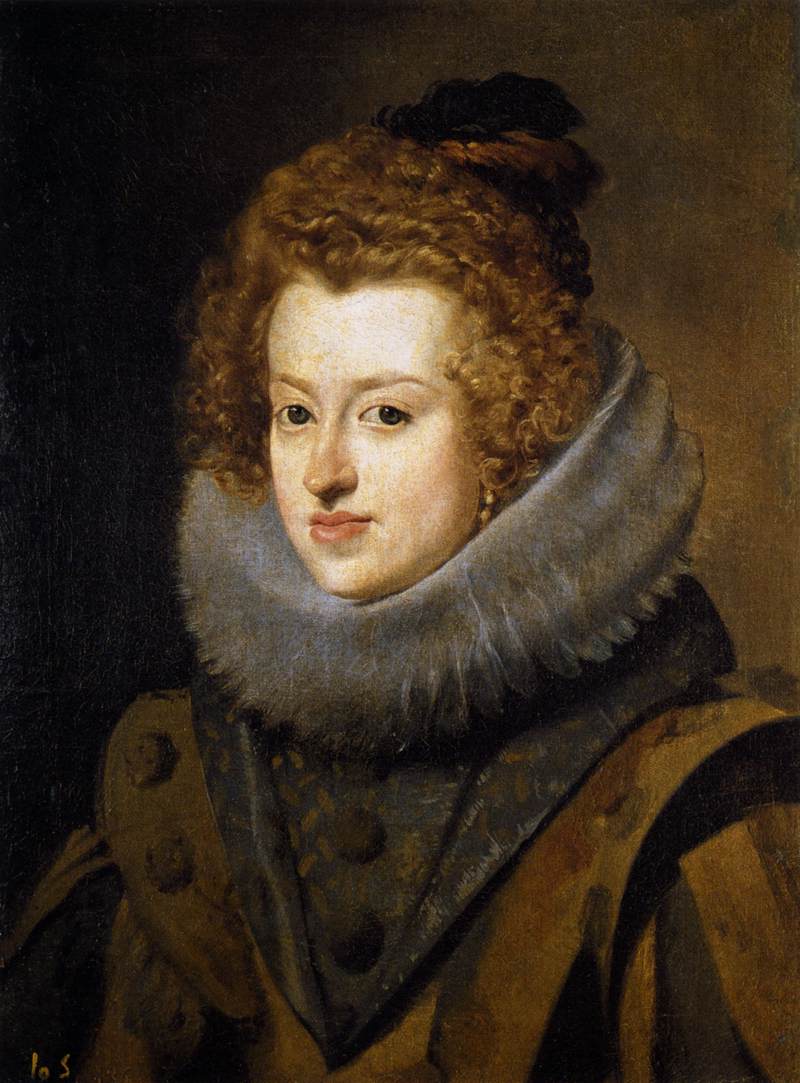Description
The painting "Infanta Doña María, Queen of Hungary" by renowned Spanish artist Diego Rodríguez De Silva Y Velázquez is a fascinating work that deserves to be explored in detail. This masterpiece, which has an original size of 60 x 46 cm, presents several interesting aspects that make it a unique piece in the history of art.
Regarding the artistic style, Velázquez is known for his ability to capture reality with great precision. In this painting, his masterful technique can be appreciated in portraying the Infanta María with incredible attention to detail. The artist manages to capture the texture of the fabrics, the details of the jewels and the brilliance of the crown with amazing skill.
The composition of the painting is another notable aspect. Velázquez places the infanta in the center of the work, surrounded by a dark background that highlights her figure. This creates an effect of depth and gives the painting a feeling of intimacy and closeness. In addition, the position of the infanta, with her gaze directly at the viewer, establishes a visual contact that makes the work even more captivating.
As for color, Velázquez uses a soft and subtle palette that gives the painting an elegant and refined appearance. Shades of white, cream and pink dominate the work, creating a serene and calm atmosphere. These soft colors contrast with the touches of red and gold in the Infanta's clothing, highlighting her royal status and beauty.
The history of the painting is also intriguing. It was created in the year 1652, during the period in which Velázquez served as court painter for King Philip IV of Spain. The Infanta Maria was the King's daughter and married the King of Hungary, giving her the title of Queen of Hungary. This painting was commissioned to commemorate their marriage and became a symbol of their position and power.
In addition to these more well-known aspects, there are some lesser-known details about this painting. For example, Velázquez is believed to have used a mirror to reflect the image of the Infanta onto the canvas, allowing him to more accurately capture her appearance. It is also said that the Infanta María was pregnant at the time the portrait was made, which adds an element of mystery and additional meaning to the work.
In summary, the painting "Infanta Doña María, Queen of Hungary" by Velázquez is a masterpiece that stands out for its artistic style, composition, color and its fascinating history. Its original size of 60 x 46 cm does not diminish its importance, since its impact is immense. This painting captures the beauty and majesty of the Infanta Maria in an exceptional way and remains an iconic piece in art history.

